How To Become More Flexible
 You have to have all four types of fitness training to become fit. They include balance, strength, endurance and flexibility. We provide all types of training at Next Level Fitness in Irvine, CA. Flexibility training is important to help prevent injury and can make moves you do daily easier on your body and more enjoyable. Increasing your flexibility takes more than just stretching occasionally. It takes constant effort and knowing the right way to increase flexibility.
You have to have all four types of fitness training to become fit. They include balance, strength, endurance and flexibility. We provide all types of training at Next Level Fitness in Irvine, CA. Flexibility training is important to help prevent injury and can make moves you do daily easier on your body and more enjoyable. Increasing your flexibility takes more than just stretching occasionally. It takes constant effort and knowing the right way to increase flexibility.
Flexibility starts with a warm-up and ends with cool down exercises.
There are several types of stretches to help increase flexibility: dynamic, static, ballistic, myofascial release and active isolated stretching. All play a role in flexibility and all are different, not only in how they’re done, but also when they’re done. Some types of stretching are better for warming up, while others are better for overall flexibility. Some help protect muscles when doing other exercises and others help muscles heal. Dynamic stretching is a great warm up exercise that can protect muscles, but those exercises can cause more harm than benefit if used when you’re rehabbing from an injury.
Do dynamic stretches before a workout to improve flexibility by warming muscles.
The type of dynamic stretching you’ll do is based on the type of workout you’re going to do. The dynamic stretch should warm the muscles you’re about to use when you workout. Dynamic stretches include lunges, jumping jacks and squats. Once those muscles are warmed, near the end of the exercise session, static or passive stretching can help improve range of motion—flexibility.
Active stretching alternates between contracting and relaxing antagonist and agonist muscle groups.
While active or PNF stretching was first used for rehab, it’s often used to help improve flexibility too. It’s more comfortable to do than many types of static stretching and strengthens the muscles while it makes them more flexible. PNF combines isometric stretching and static stretching. You assume the static stretch position, then isometrically tighten your muscles for ten to fifteen seconds, then relax the muscles.
- PNF exercises can include hold-relax movements, contract-relax, hold-relax-contract and rhythmic rotation.
- Don’t try to stretch too far when you’re first working on flexibility training. Start where you’re comfortable. Always warm muscles first before trying static exercises, like toe touching. If you can’t touch your toes, go as far as you can and work toward touching your toes.
- Stay relaxed during stretching exercises. Deep breathing can help keep your body relaxed and aid in making you more successful. It’s why starting an exercise in a comfortable position is also important.
- Our personal trainers will design a program specifically for your needs that ensure you maximize the benefits of all types of stretching and improve your flexibility. Flexibility not only helps prevent injury, it keeps your walk and movements appear more youthful.
For more information, contact us today at Next Level Fitness


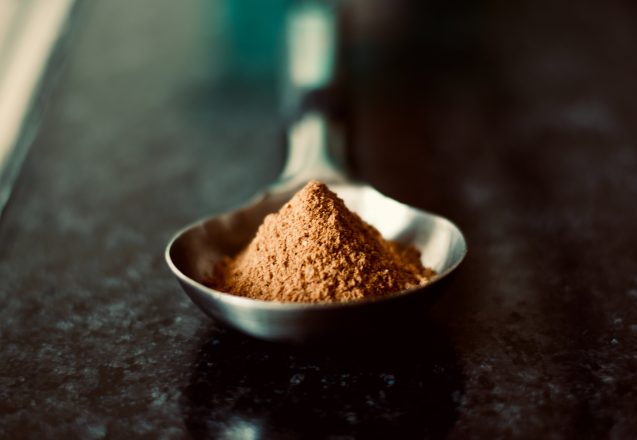
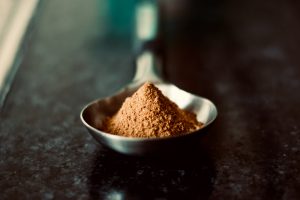 Are you a chronic viewer of TikTok videos? If you are, you’re probably familiar with many of the different challenges. Some are really funny and a blast to try, while others can be quite dangerous. One of the more dangerous challenges is dry scooping. What is dry scooping? It’s taking a scoop of powdered pre-workout mix that is supposed to be added to water or other liquid and trying to swallow it. There are several reasons this seemingly benign activity can be dangerous.
Are you a chronic viewer of TikTok videos? If you are, you’re probably familiar with many of the different challenges. Some are really funny and a blast to try, while others can be quite dangerous. One of the more dangerous challenges is dry scooping. What is dry scooping? It’s taking a scoop of powdered pre-workout mix that is supposed to be added to water or other liquid and trying to swallow it. There are several reasons this seemingly benign activity can be dangerous.
 Is fitness a priority in your life? It should be. It affects how you feel, your health, your energy level, your mood and even how you look. While it takes some time to carve out time to get fit, the longer you put forth the effort, the faster you’ll get other tasks accomplished, due to increased energy. It isn’t just about losing weight, because if you’re thin, yet sickly, you aren’t functioning your best either.
Is fitness a priority in your life? It should be. It affects how you feel, your health, your energy level, your mood and even how you look. While it takes some time to carve out time to get fit, the longer you put forth the effort, the faster you’ll get other tasks accomplished, due to increased energy. It isn’t just about losing weight, because if you’re thin, yet sickly, you aren’t functioning your best either.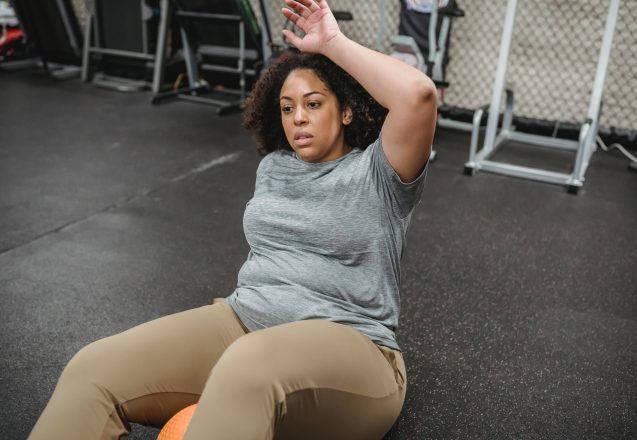
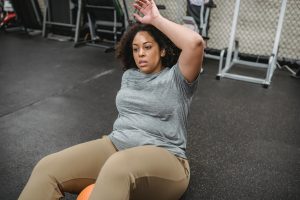 If you have chronic exhaustion and feel tired and weak all the time, always check with your health care professional first. If the doctor says it’s not due to illness, then it’s time to take action. We can help you at Next Level Fitness in Irvine, CA. Sometimes the problem can come from being inactive. Sitting too long can actually wear you out. Take frequent breaks if you’re sitting for long hours and get moving. Stretch, walk or even do mild calisthenics. It all helps to get your blood circulating and boost your energy level.
If you have chronic exhaustion and feel tired and weak all the time, always check with your health care professional first. If the doctor says it’s not due to illness, then it’s time to take action. We can help you at Next Level Fitness in Irvine, CA. Sometimes the problem can come from being inactive. Sitting too long can actually wear you out. Take frequent breaks if you’re sitting for long hours and get moving. Stretch, walk or even do mild calisthenics. It all helps to get your blood circulating and boost your energy level.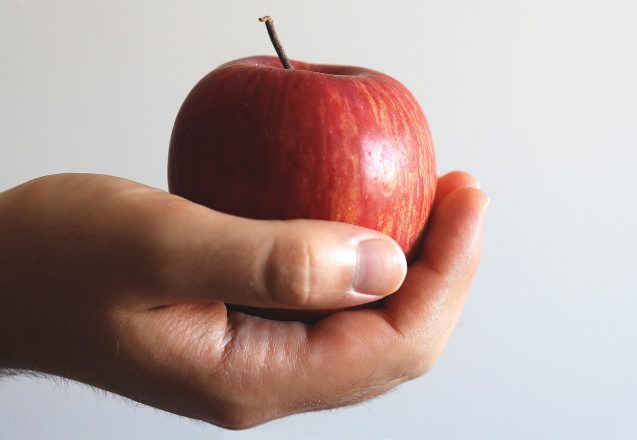
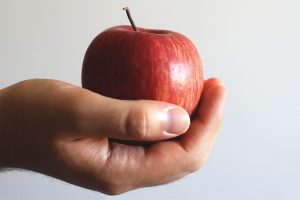 What’s the first thing you do when you’re feeling dragged out and ready to stop and drop? Some people grab a candy bar and others grab a cup of coffee. You can get energy without coffee or sugar and the energy lasts even longer. Unlike both, you won’t come crashing down, create a dependency or interrupt sleep later. Caffeine affects the neurotransmitters, blocking ones that make you feel drowsy and boosting those that make you feel alert. However, there are better ways to give your body a boost that are more long-lasting and can even help you get a good night’s rest.
What’s the first thing you do when you’re feeling dragged out and ready to stop and drop? Some people grab a candy bar and others grab a cup of coffee. You can get energy without coffee or sugar and the energy lasts even longer. Unlike both, you won’t come crashing down, create a dependency or interrupt sleep later. Caffeine affects the neurotransmitters, blocking ones that make you feel drowsy and boosting those that make you feel alert. However, there are better ways to give your body a boost that are more long-lasting and can even help you get a good night’s rest.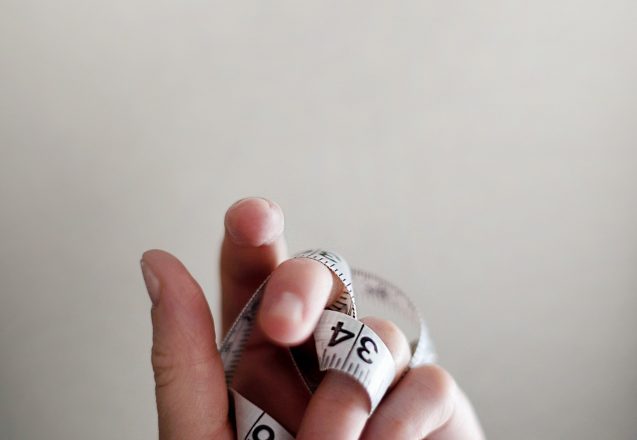
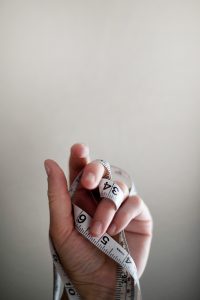 One of the latest weight loss aids that are creating some interest are weight loss patches. Clients at Next Level Fitness in Irvine, CA have asked whether these work or are a waste of money. Exactly what are these patches? They work like nicotine patches or pain patches and deliver the ingredients trans-dermally, meaning via the skin, then go into the bloodstream.
One of the latest weight loss aids that are creating some interest are weight loss patches. Clients at Next Level Fitness in Irvine, CA have asked whether these work or are a waste of money. Exactly what are these patches? They work like nicotine patches or pain patches and deliver the ingredients trans-dermally, meaning via the skin, then go into the bloodstream.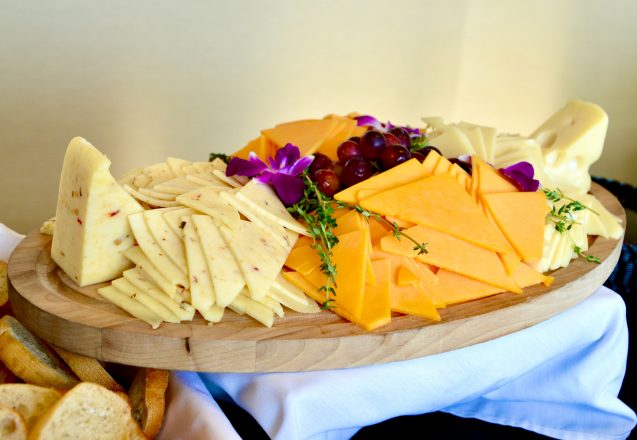
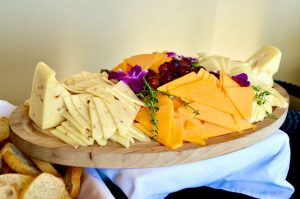 Like other types of dairy, cheese provides vitamin A, calcium, healthy fat and protein. Also like other types of dairy products, it’s even better if the milk comes from cows that are grass-fed and organic. There’s a growing body of evidence that questions the benefits and whether cheese is bad for you that considers other factors, like the amount of cheese you eat. For instance, it’s high in fat, so overindulgence can pack on the pounds. Some types of cheese are also better for you than others are.
Like other types of dairy, cheese provides vitamin A, calcium, healthy fat and protein. Also like other types of dairy products, it’s even better if the milk comes from cows that are grass-fed and organic. There’s a growing body of evidence that questions the benefits and whether cheese is bad for you that considers other factors, like the amount of cheese you eat. For instance, it’s high in fat, so overindulgence can pack on the pounds. Some types of cheese are also better for you than others are.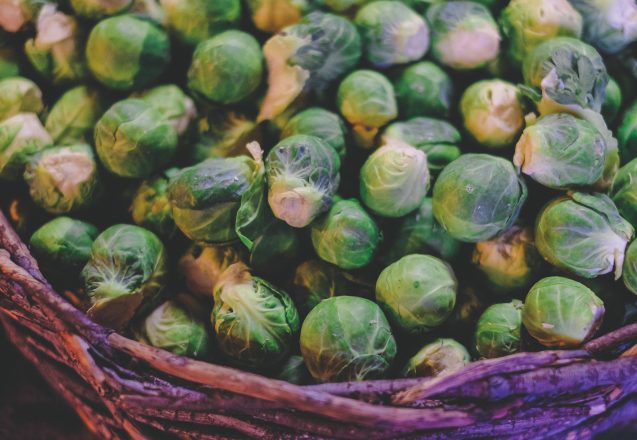
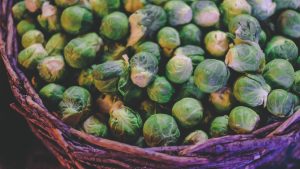 You may have turned your nose up when your mother served Brussels sprouts or held your nose and ate one if she insisted. These little miniature cabbages have a far stronger smell when cooked, so many children act the same. Like cabbage, they’re a member of the Brassicaceae family. Just like cabbage, there are many benefits of Brussels sprouts that can help you stay healthier.
You may have turned your nose up when your mother served Brussels sprouts or held your nose and ate one if she insisted. These little miniature cabbages have a far stronger smell when cooked, so many children act the same. Like cabbage, they’re a member of the Brassicaceae family. Just like cabbage, there are many benefits of Brussels sprouts that can help you stay healthier.
 It’s getting warmer and that means beach weather is just around the corner. If you’re out of shape, you’ll miss out on a lot of the fun. It takes energy to keep up with all the summer activities and of course, you want a beach ready body, too. You can start today to get ready for summer by making a few changes and sticking with a fitness program and program of healthy eating. If you’re completely out of shape, you need to start slowly and work toward peak intensity. This is the perfect time of year to start eating healthy, since fresh fruits and vegetables are readily available.
It’s getting warmer and that means beach weather is just around the corner. If you’re out of shape, you’ll miss out on a lot of the fun. It takes energy to keep up with all the summer activities and of course, you want a beach ready body, too. You can start today to get ready for summer by making a few changes and sticking with a fitness program and program of healthy eating. If you’re completely out of shape, you need to start slowly and work toward peak intensity. This is the perfect time of year to start eating healthy, since fresh fruits and vegetables are readily available.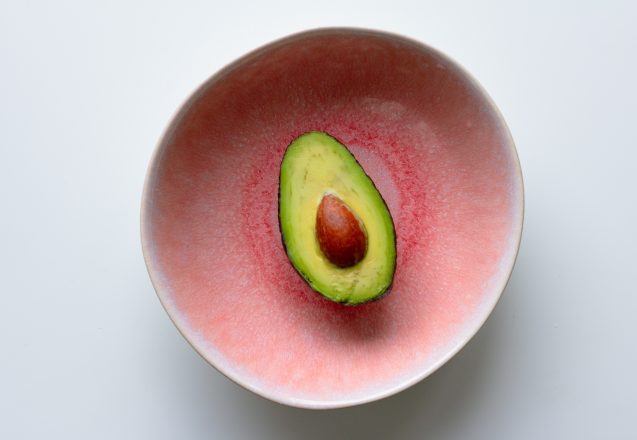
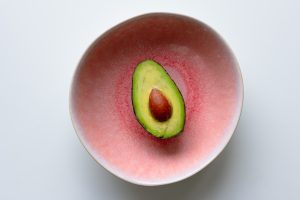 There’s a reason we offer meal planning and nutrition help at Next Level Fitness in Irvine, CA. It’s because part of getting fit means eating healthier. That includes eating high fiber foods. High fiber foods contain two classifications of fiber. There is soluble fiber, which dissolves in water and creates a gel. The gel feeds the friendly microbes in your digestive tract, who in turn, help digest food, while also providing many other benefits. The other type of fiber is insoluble fiber. It doesn’t dissolve but adds bulk to your diet.
There’s a reason we offer meal planning and nutrition help at Next Level Fitness in Irvine, CA. It’s because part of getting fit means eating healthier. That includes eating high fiber foods. High fiber foods contain two classifications of fiber. There is soluble fiber, which dissolves in water and creates a gel. The gel feeds the friendly microbes in your digestive tract, who in turn, help digest food, while also providing many other benefits. The other type of fiber is insoluble fiber. It doesn’t dissolve but adds bulk to your diet.